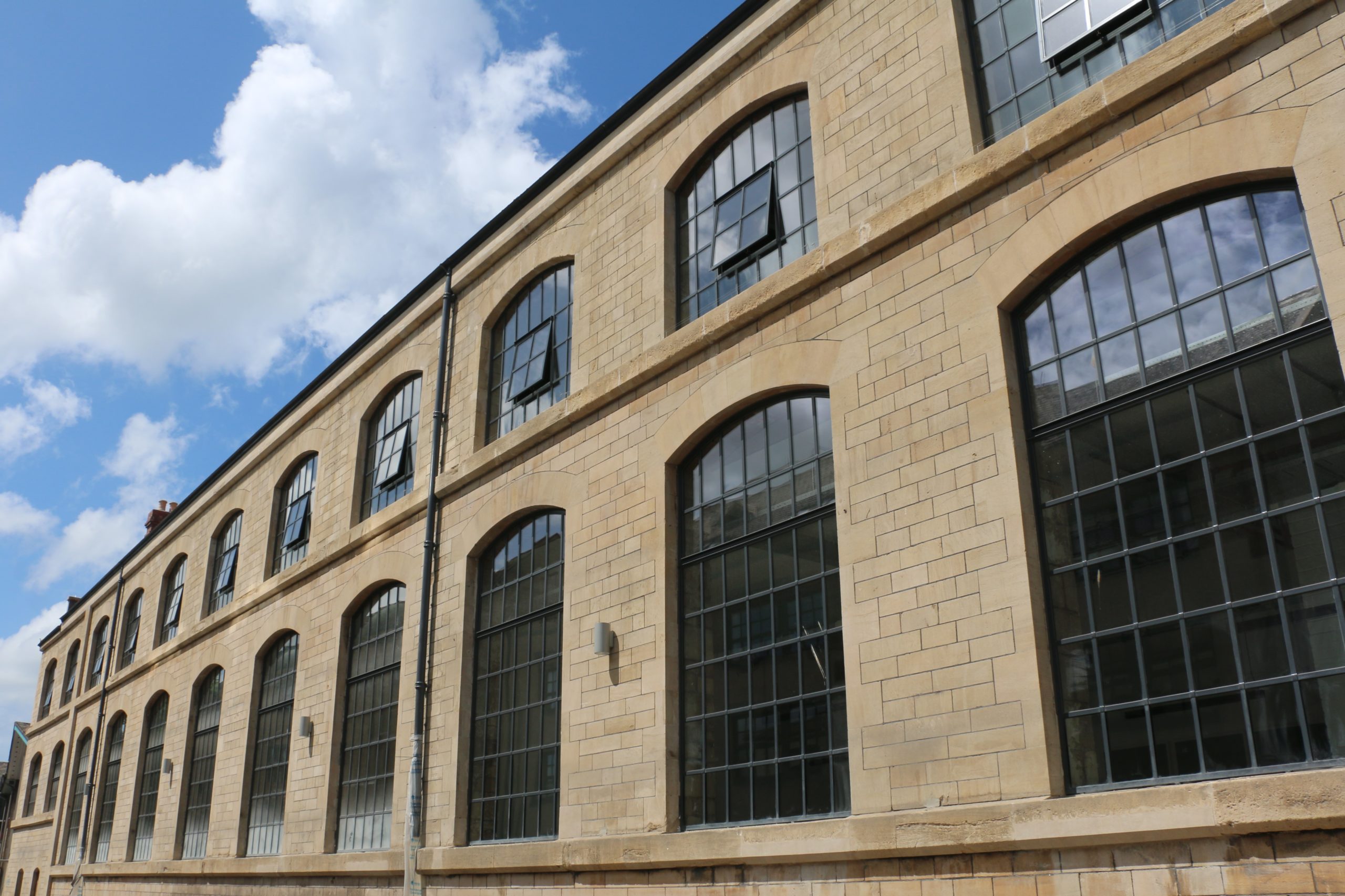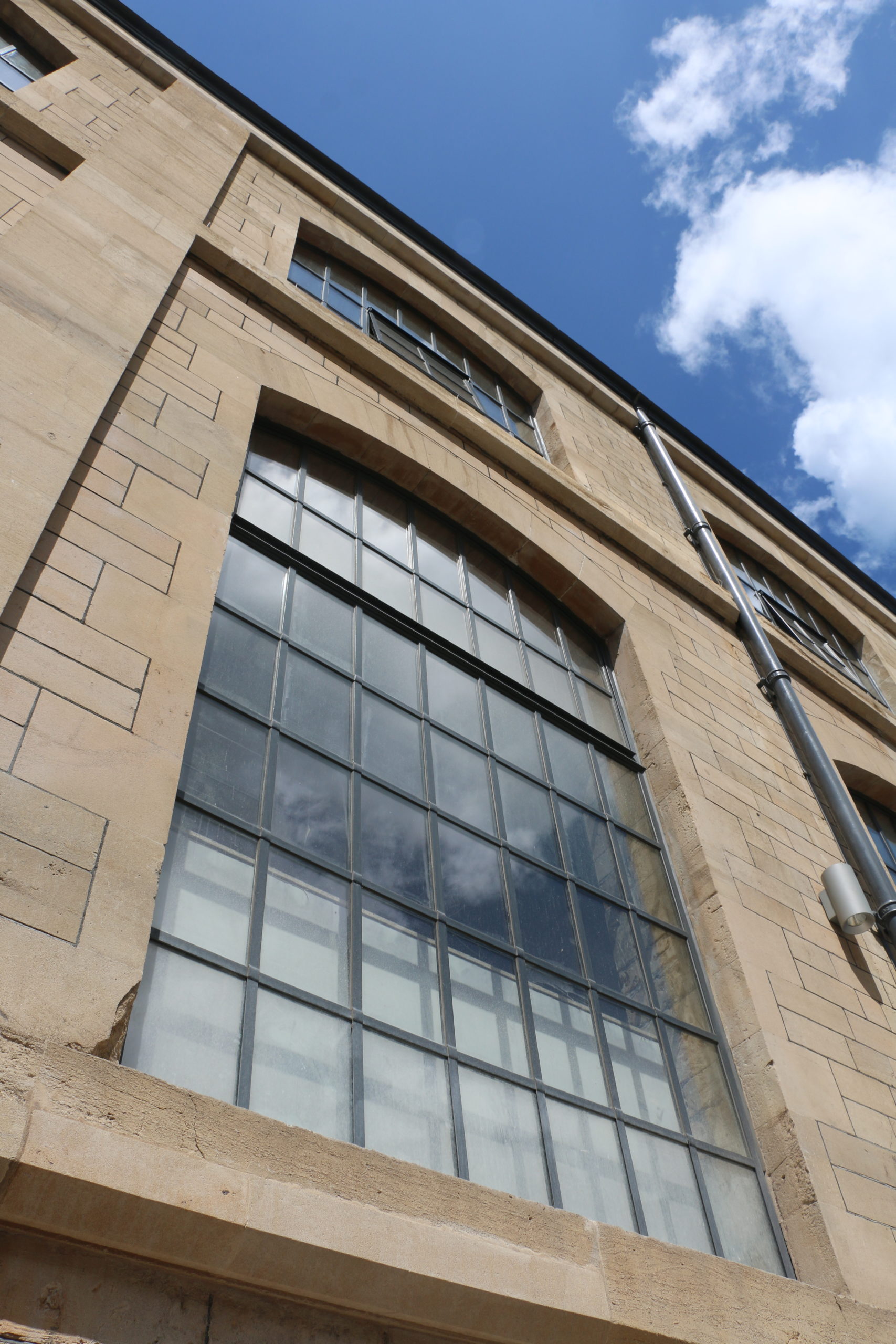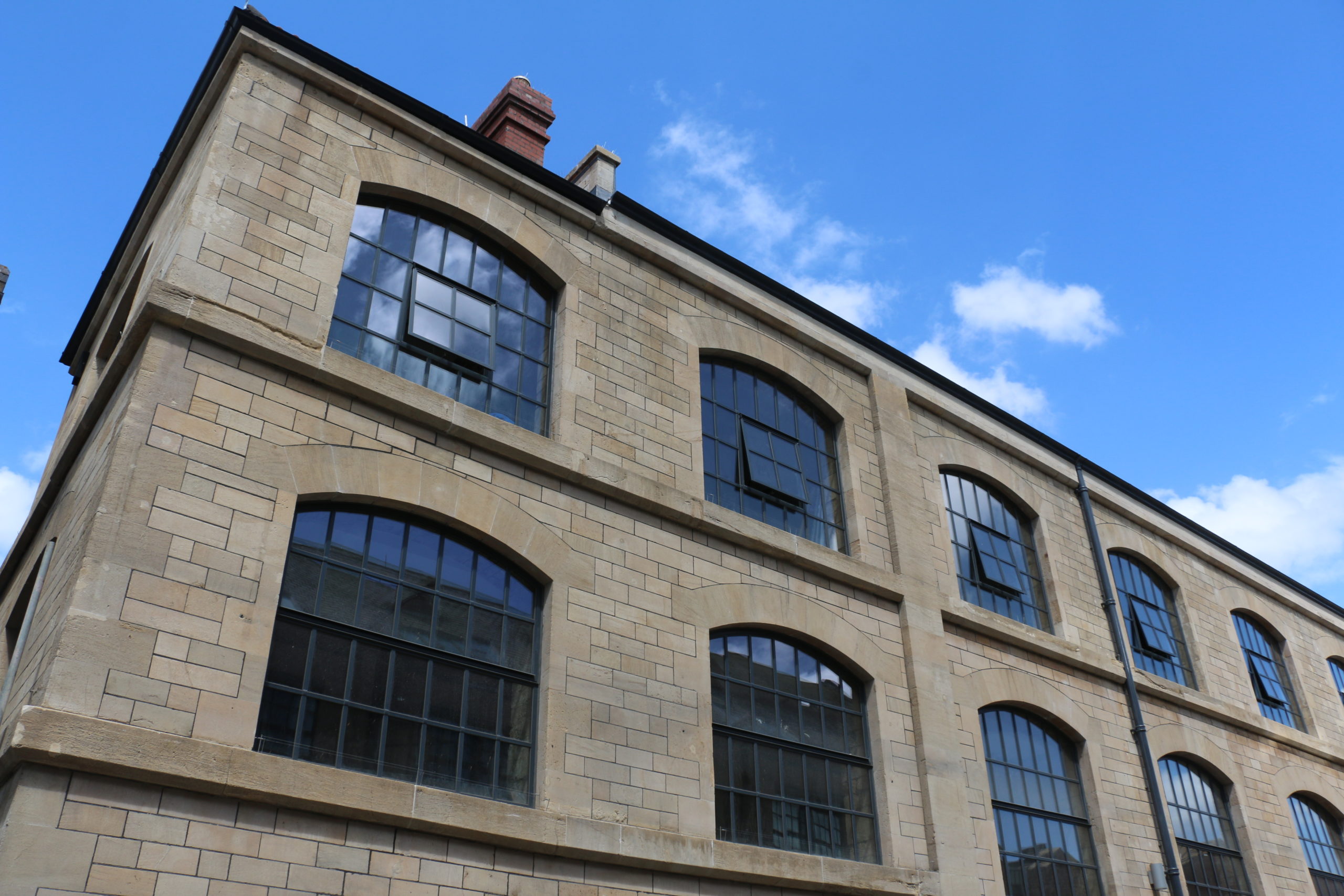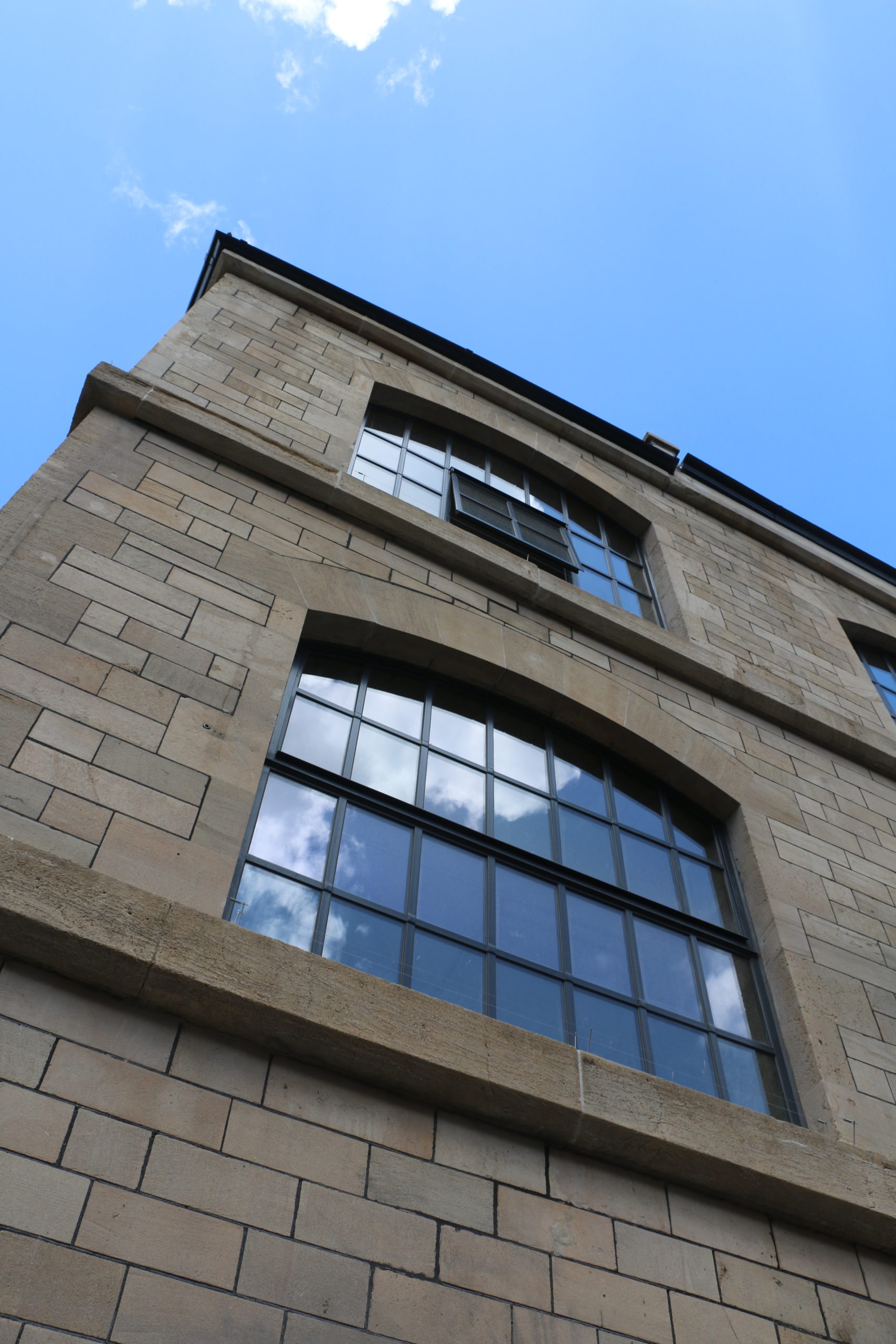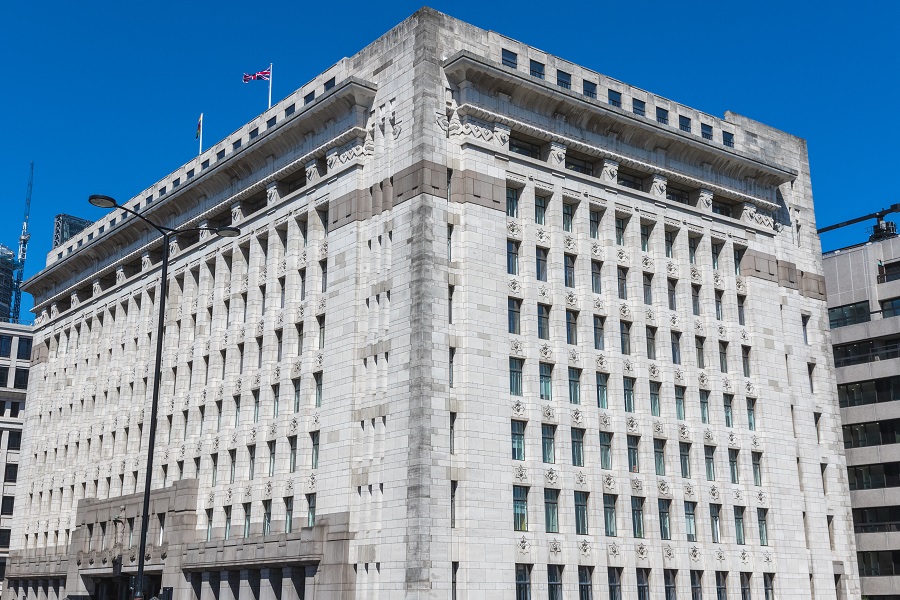Crittall Corporate W20 windows are an important component in the refurbishment and upgrade of a prominent industrial site in historic Bath.
Newark Works is recognised as a masterclass in the retrofitting of heritage buildings that has transformed a former riverside heavy engineering factory into 21st century workspace.
The buildings, dating from 1857 to 1905, are Grade II listed and sit within Bath’s designated World Heritage Site. They were formerly the home of world-renowned crane makers Stothert & Pitt but had fallen into serious disrepair. Their location as part of a larger Bath Quays redevelopment spurred their re-use, underpinned by sensitive treatment, to create 40,000sq.ft of modern workspace.
“We specified the Crittall W20 system to replace the existing, single-glazed, cast-iron framed windows that were at the end of their life and deemed beyond repair,” said Nick Brown, Director of Ferguson Mann Architects.
He explained: “The Crittall W20 system was chosen due to the need to use a window system that could sympathetically reproduce the fenestration of the large industrial windows – many of which were 3.6m tall – but also provide a huge thermal improvement.”
It was recognised that retaining the original cast iron windows and introducing secondary glazing was neither economically viable nor appropriate aesthetically.
“The slim profiles of the Crittall W20 system meant we didn’t have to compromise on the amazing amount of natural light coming into the interior whilst improving the air tightness and reducing the overall heat loss of the building through the windows,” said Brown.
He added: “Crittall were also able to recreate the opening vent arrangement of the existing windows, meaning we could also improve the natural ventilation provision to the new workspaces.”
Consulting engineers Buro Happold calculated that just replacing the existing single-glazed windows with new double-glazed alternatives with a U-value of 1.8W/m2K would result in a 16 percent annual energy saving. That translated to 21.4 tonnes of CO₂. Over the building’s lifespan of, say, 25 years, that equated to a 535-tonne reduction in CO₂ emissions.
In view of the heritage credentials of the buildings, planners and conservation officers at Bath & North East Somerset Council were consulted on the desire to replace the original fenestration with like-for-like steel windows. The local authority was keen that the buildings should be brought back into use after several previous failed attempts. They wanted the site’s historic significance to be respected while avoiding the desire to turn Newark Works into a ‘museum piece’. The installation of Crittall W20 was approved and two of the original cast-iron windows have been retained and refurbished as a reminder of the original building but not in a way so as to compromise the improved thermal performance of the whole.
Summing up, Nick Brown comments: “Everyone is really pleased with the final result.”

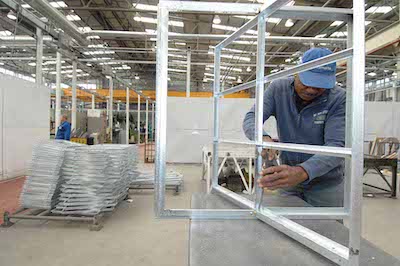 Manufacturing
Manufacturing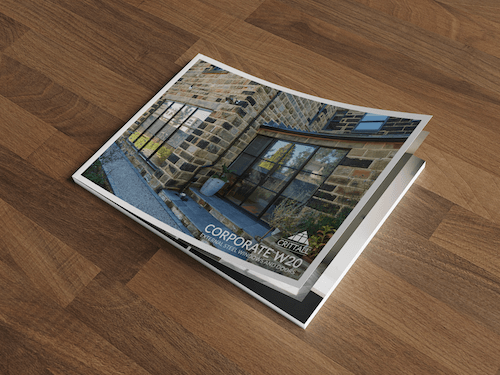 Downloads
Downloads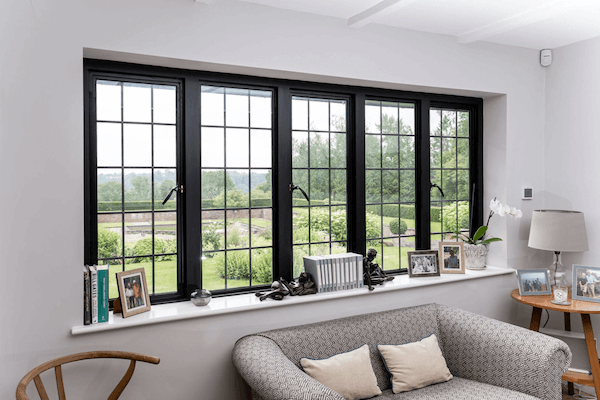 Gallery
Gallery